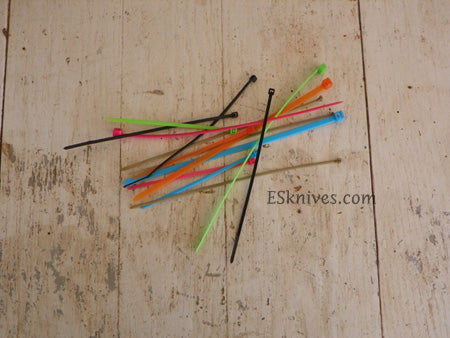Surviving the Wire Ring Saw
There are many types of Wire Ring saws out there. They are included in most survival kits. Wire Saws are light weight and they are supposed to cut through wood, metal, plastic and bone. Wire saws can be handy out in the wilderness. They look cool in the survival kit but many perform poorly out in the field. The first rule of thumb is to buy a good one. That way they won't snap when you need one.We sell a wire saw at Extremely-Sharp that has over 100 lbs breaking strain with a 24" sawing edge. With that type of strength it may well be the most effective wire saw available. Our saw cuts through wood, plastic, bone, and even soft metals. They are constructed with 8 strands of interwoven stainless steel wire. We call it the strongest wire saw ever.
 You can cut from the front or from back. The most efficient method is the wrap around pull. However you decide to use your saw it is much like flossing your teeth, nice long strokes. The wire ring saw works well using the saw alone. But a partner, one person on both ends make cutting faster and easier.The rings of the wire saw can hurt your finger. The rings get cold in winter. There are some wire saws that come with nylon handles, but they are heavier in a pack and bulky in a survival kit. An easy fix for handles is to take some additional para cord with you and make handles for your saw. Most people in a survival situation have access to para cord. When camping or backpacking para cord is a vital item to pack. Hand straps can save your fingers.
You can cut from the front or from back. The most efficient method is the wrap around pull. However you decide to use your saw it is much like flossing your teeth, nice long strokes. The wire ring saw works well using the saw alone. But a partner, one person on both ends make cutting faster and easier.The rings of the wire saw can hurt your finger. The rings get cold in winter. There are some wire saws that come with nylon handles, but they are heavier in a pack and bulky in a survival kit. An easy fix for handles is to take some additional para cord with you and make handles for your saw. Most people in a survival situation have access to para cord. When camping or backpacking para cord is a vital item to pack. Hand straps can save your fingers.
Start your cut small and slow. As the cut deepens the surface area will increase. With a even steady pull your speed can increase.
Remember that you are using energy when using your wire saw. If you are in a survival situation make sure the job is necessary before you expend the energy.
 You don't want to let the saw blade get hot. The hotter the blade gets the more potential for snapping and breakage. While cutting with your saw take some breaks and feel the blade. If it does not burn your fingers it is OK to continue sawing.Wire saws are designed for smaller sticks. In most survival and camping situations you will not need to cut large trees. You never know when you might need to cut bone. These saws cut bone fast and smooth.
You don't want to let the saw blade get hot. The hotter the blade gets the more potential for snapping and breakage. While cutting with your saw take some breaks and feel the blade. If it does not burn your fingers it is OK to continue sawing.Wire saws are designed for smaller sticks. In most survival and camping situations you will not need to cut large trees. You never know when you might need to cut bone. These saws cut bone fast and smooth.
You can take your wire ring saw and turn it into a bow saw. Find a smaller branch that can bend. Green wood works best and is easier to make a bow with. Notch both ends of your bow and string the bow with your wire saw. Now you can saw from the top. Don't rush it, let the saw do the work. Using the bow saw means a lot less effort and less calories. Using the wire saw as a bow is one and half times faster than using a plain wire saw. Using your saw in a bow helps prevent breakage of your saw, keeping your wire blade straight.
A wire ring saw is a great addition for anyone whether for survival, backpacking or camping. Wire saws don't weigh much and well worth packing.Maintenance of the wire saw is easy. They store well. It is important to keep a coat of oil on your saw to prevent rusting. The oil will ensure years and years of hard use from your saw.
When you are out practicing your survival skills your wire saw can be used for survival projects. We have used our wire saw as a snare and have had good results. With a little imagination the wire saw makes survival fun.


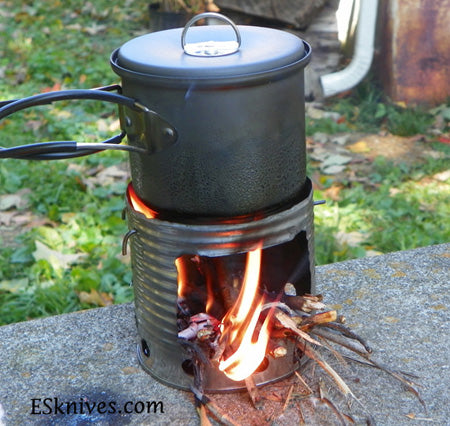 You can pack this stove and your alcohol stove. This stove makes a nice windbreak for the alcohol burner.
You can pack this stove and your alcohol stove. This stove makes a nice windbreak for the alcohol burner. 
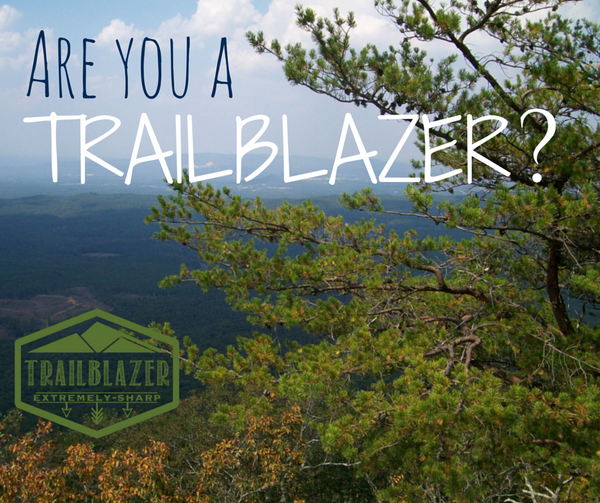
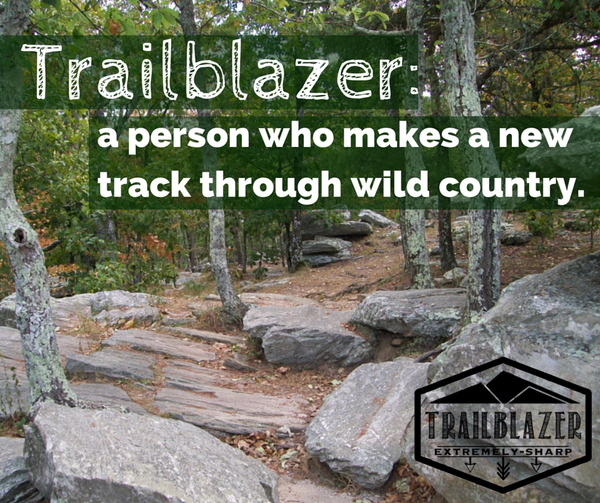
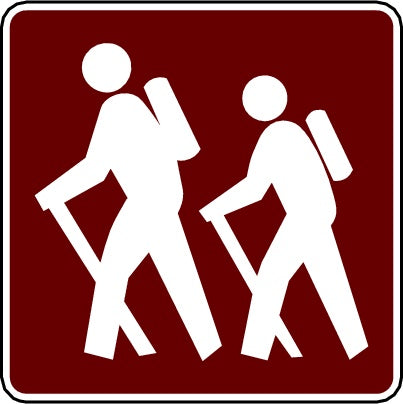
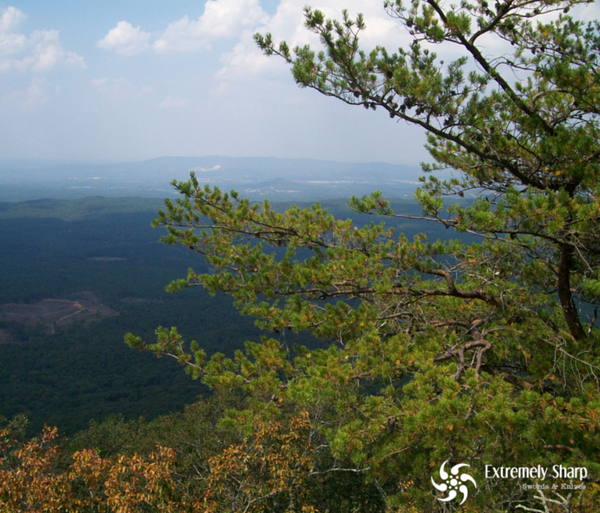

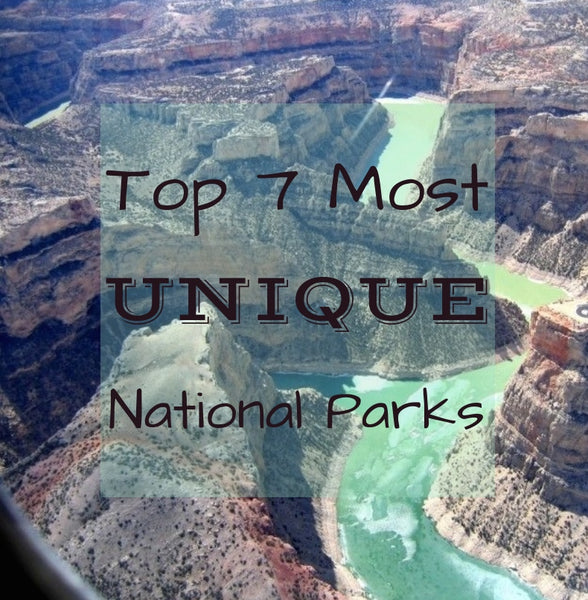




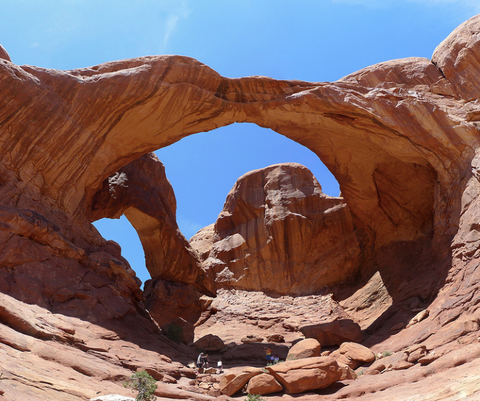

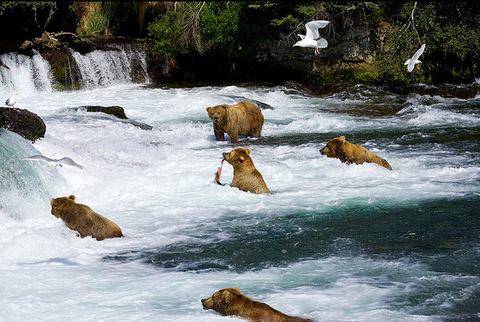
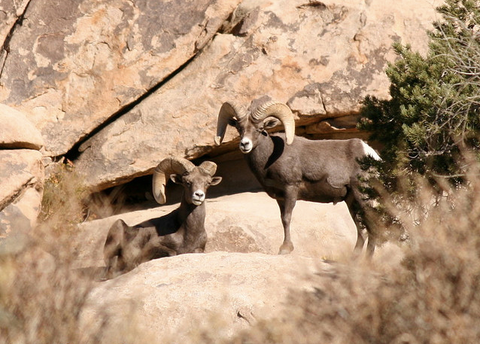
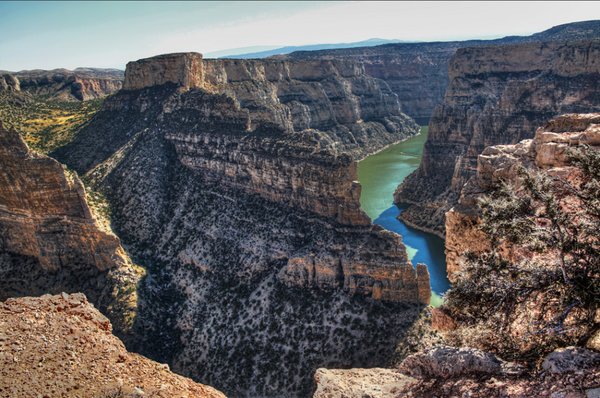
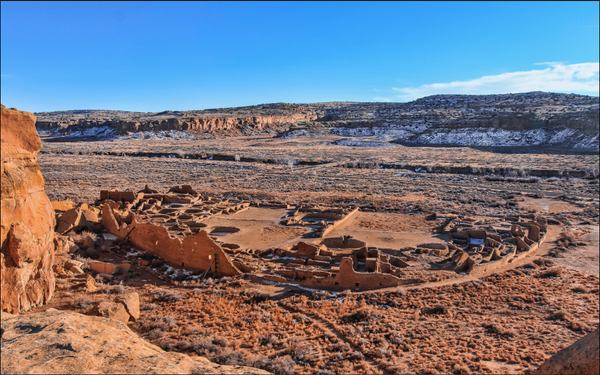

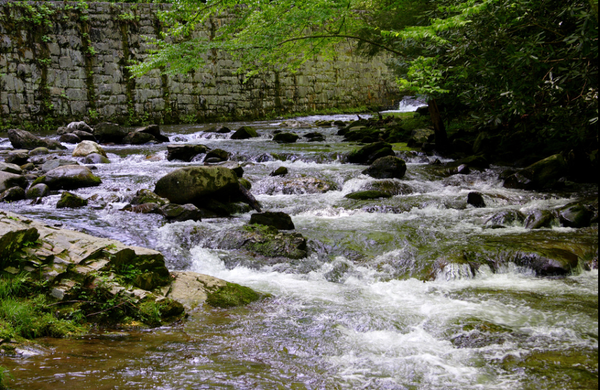
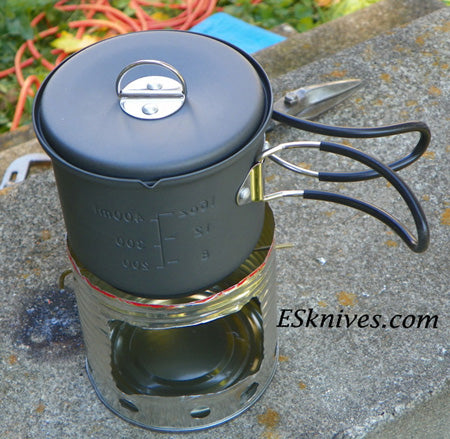
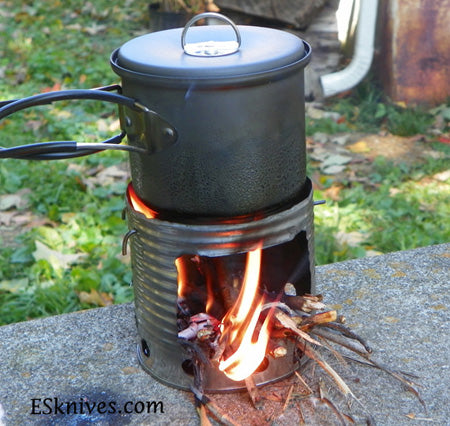
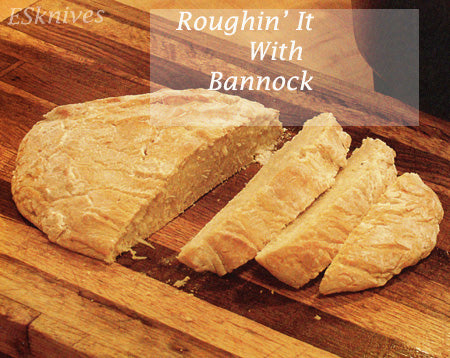
 The best Bannock to me is carefully winding it around a stick, cooking it in an open fire, buttering it and just eating it. If you want a little more, cover your bannock with jelly, honey or syrup. Wrap your bannock over an impaled polish sausage or hotdog. To cook your Bannock on a stick dust your hands with flour, spoon up a handful of batter, and use your hands to pat it flat and shaping it onto stick. Make sure your edges are well pushed into each other so your bannock won't separate while baking. Cook your bannock 7-10 minutes over coals until golden brown. Rotate continually for even baking and prevent burning.
The best Bannock to me is carefully winding it around a stick, cooking it in an open fire, buttering it and just eating it. If you want a little more, cover your bannock with jelly, honey or syrup. Wrap your bannock over an impaled polish sausage or hotdog. To cook your Bannock on a stick dust your hands with flour, spoon up a handful of batter, and use your hands to pat it flat and shaping it onto stick. Make sure your edges are well pushed into each other so your bannock won't separate while baking. Cook your bannock 7-10 minutes over coals until golden brown. Rotate continually for even baking and prevent burning.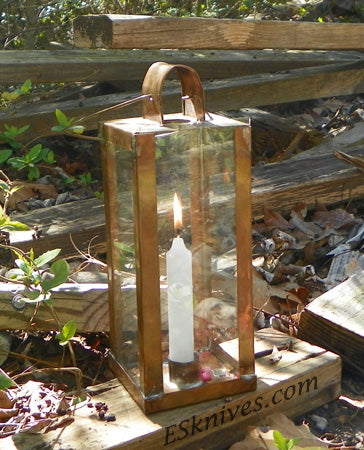
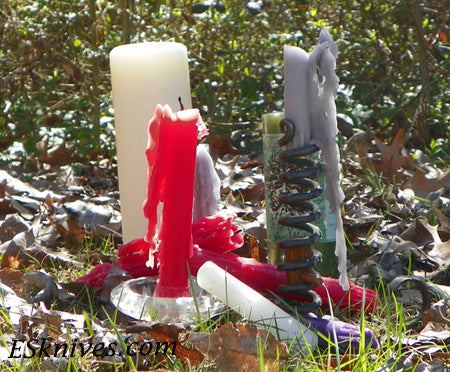 Wax prevents rust. You can coat your knives, tools and other equipment with candle wax to prevent them from rusting. A thin coat works well and you can renew it as often as needed. Wax also works as a decent lubricant, just rub your candle. You can even use a thin coat of wax on a hat for waterproofing. The wax won't completely water proof a hat but it will certainly make it water resistant.
Wax prevents rust. You can coat your knives, tools and other equipment with candle wax to prevent them from rusting. A thin coat works well and you can renew it as often as needed. Wax also works as a decent lubricant, just rub your candle. You can even use a thin coat of wax on a hat for waterproofing. The wax won't completely water proof a hat but it will certainly make it water resistant.